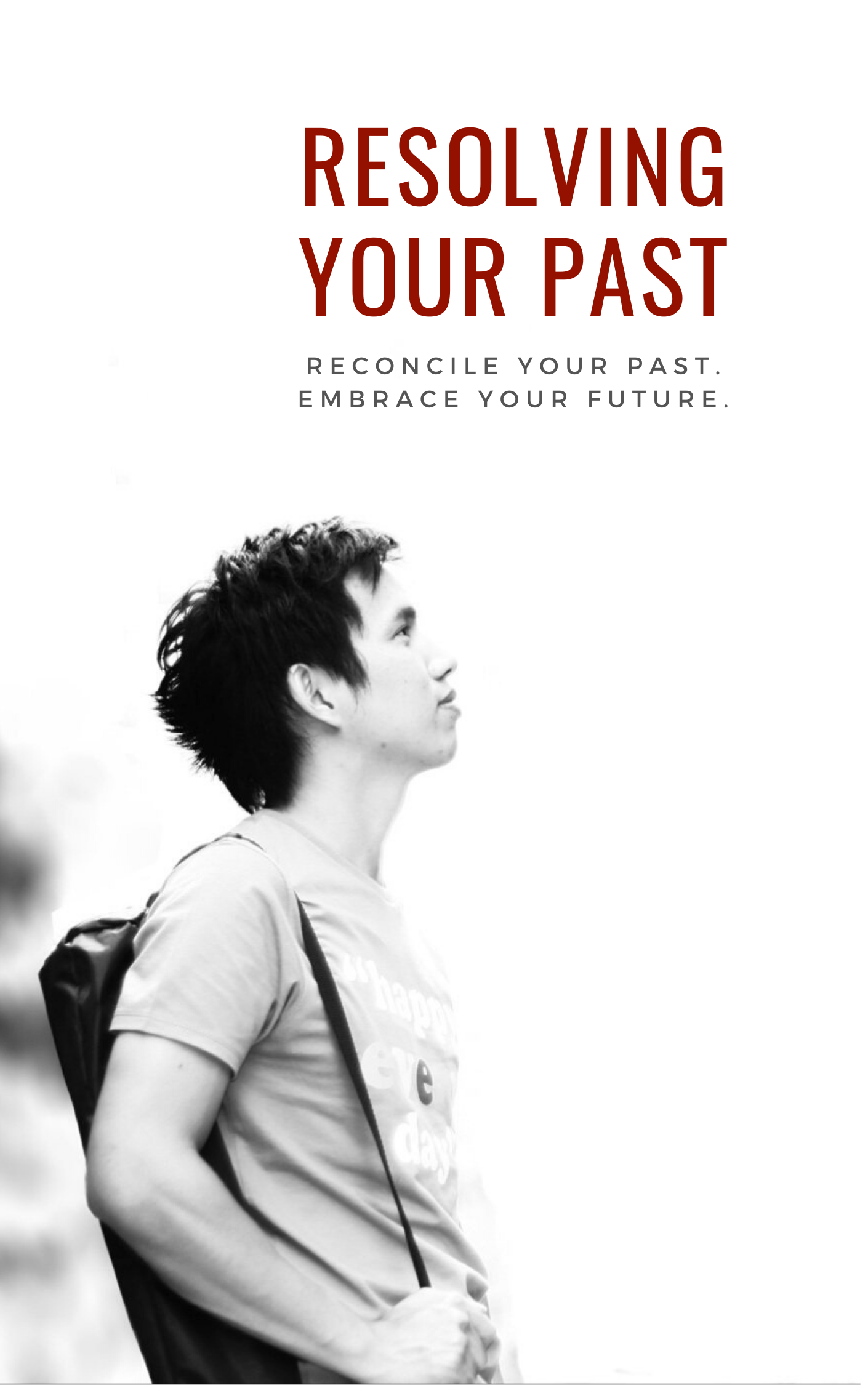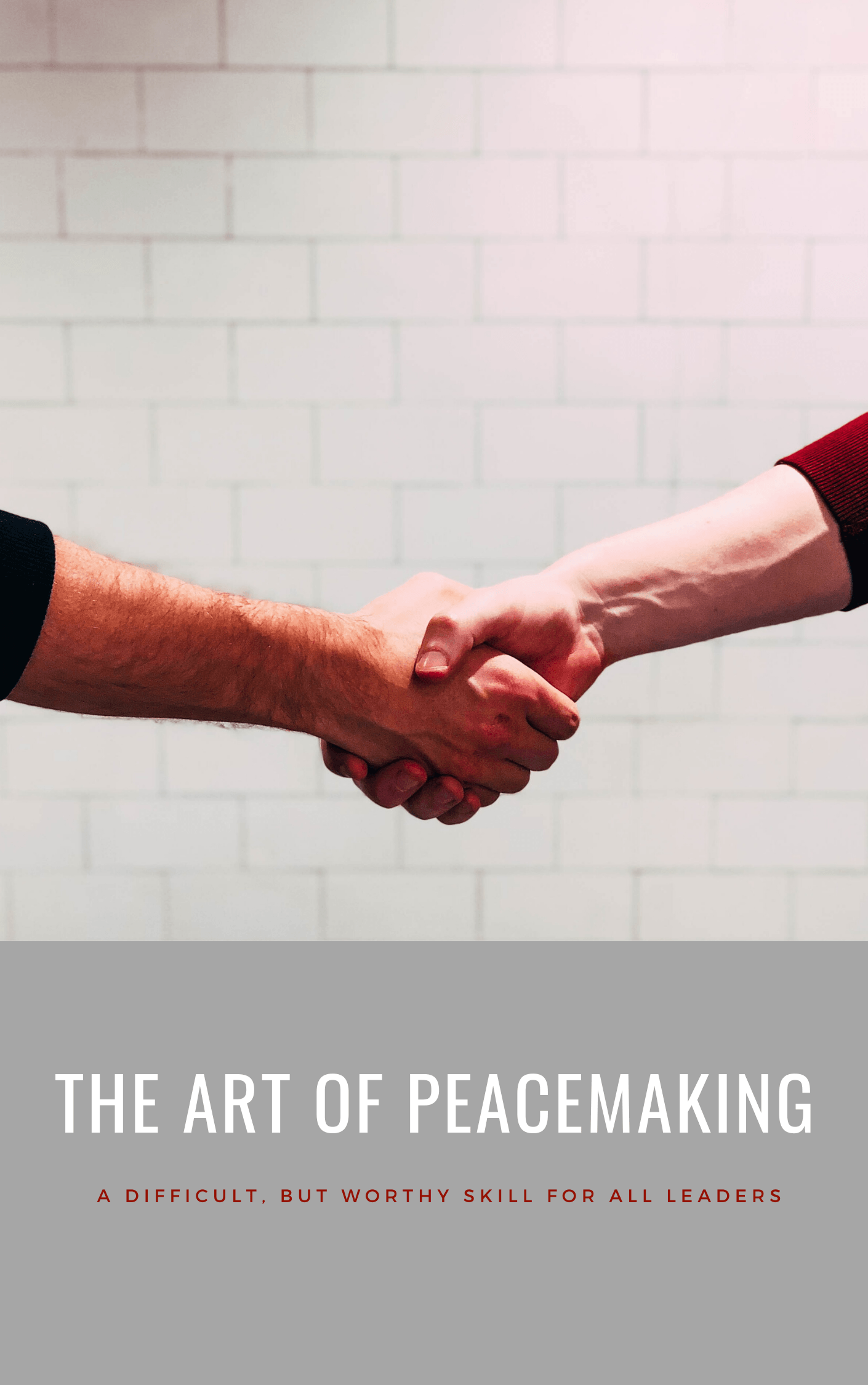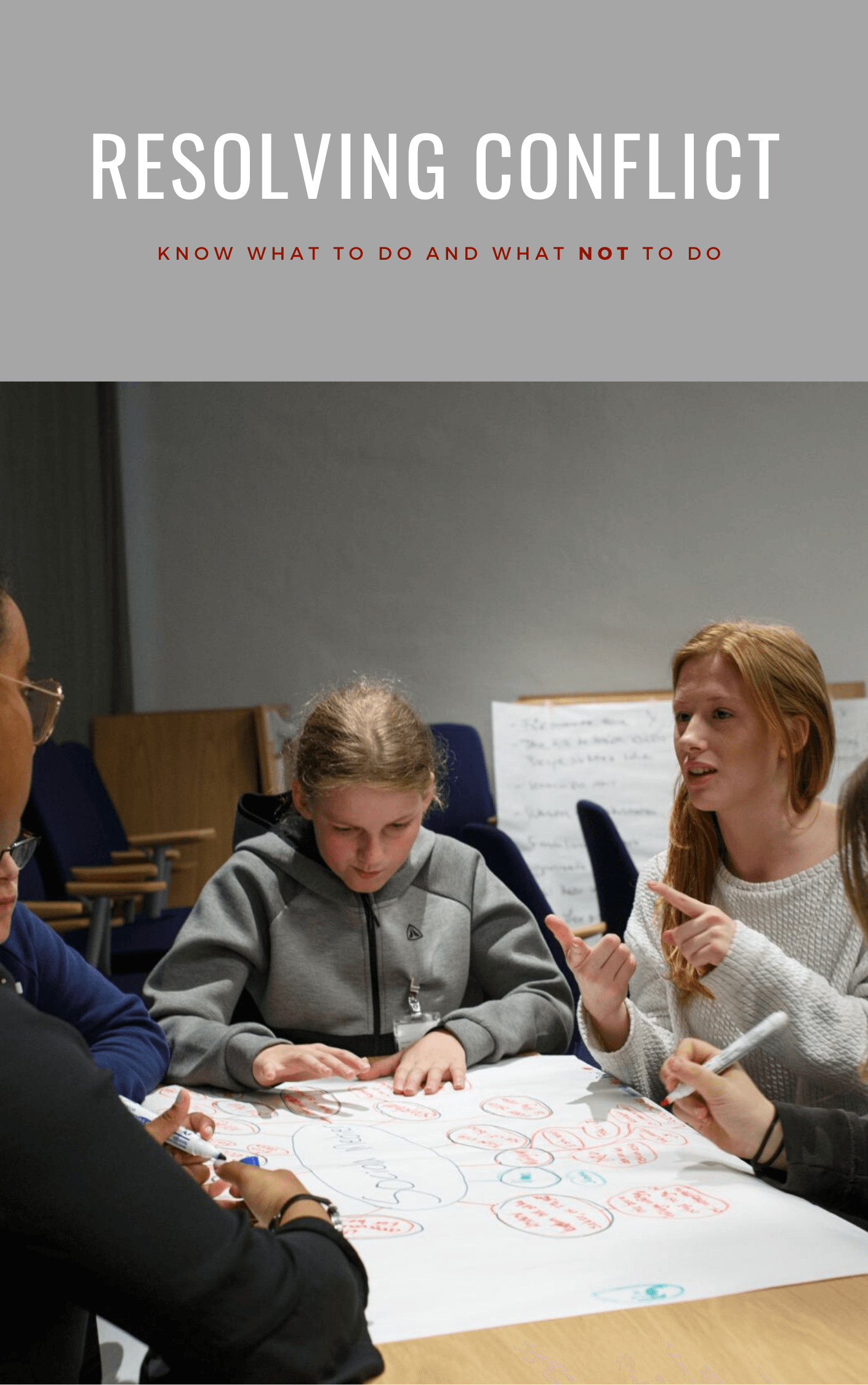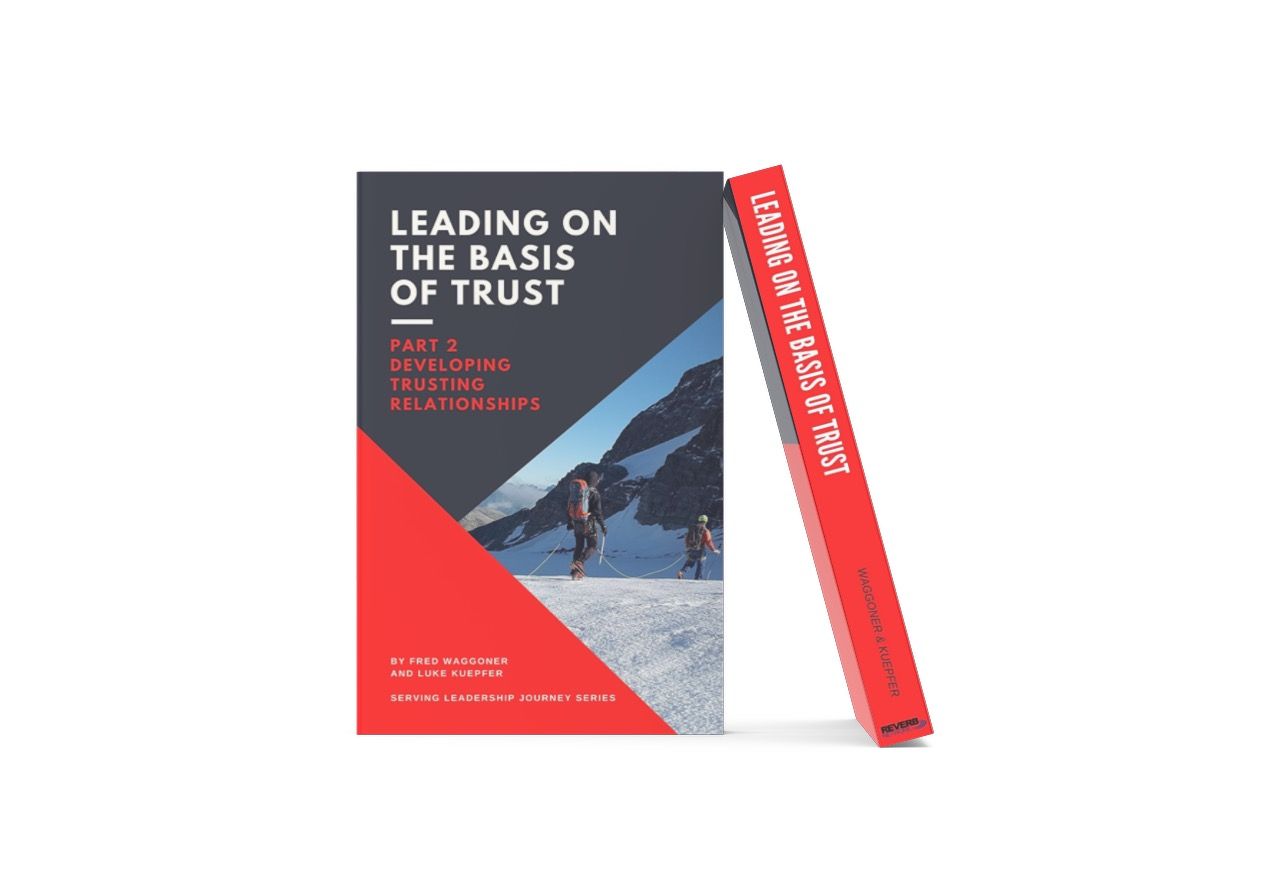The Hard Work of Dialogue (Part 3)
In my last post
I discussed the first practice of meaningful dialogue (click here to see diagram)—listening to understand. Now we turn to the practice of suspending
judgment, the second practice on the inquiry
side of dialogue.
In order to suspend your judgment of what is being spoken, defer your certainty while you explore doubt and new possibilities. As I said in an earlier post, this is harder than you think. It means stepping back, adopting a new point of view, and reflecting from this new vantage point. It includes embracing your ignorance and being willing to disclose your own doubts.
Begin by acknowledging what you don’t know and don’t understand. Ask yourself: What am I missing? What am I protecting?
Hold your tongue and defer forming opinions, jumping to conclusions, quick fixes, and assigning blame. Become aware of your inner reaction, but don’t react outwardly. Have the discipline to hold the tension within yourself while you silently examine and reflect on it. Remain curious. Identify and examine your assumptions and theirs. If a problem is being considered, work to understand how it works and how it has come about.
You will also need to cope constructively with your fears and anger. Be careful not to attribute motive or intent. At this point you are not agreeing or disagreeing. Simply remain curious and reflect on what is being communicated. Defer and dismiss conclusions while you explore alternative meanings and motives, integrating these new ideas with the whole.
In my next post I will discuss the practice of respecting
on the advocacy
side of dialogue.















